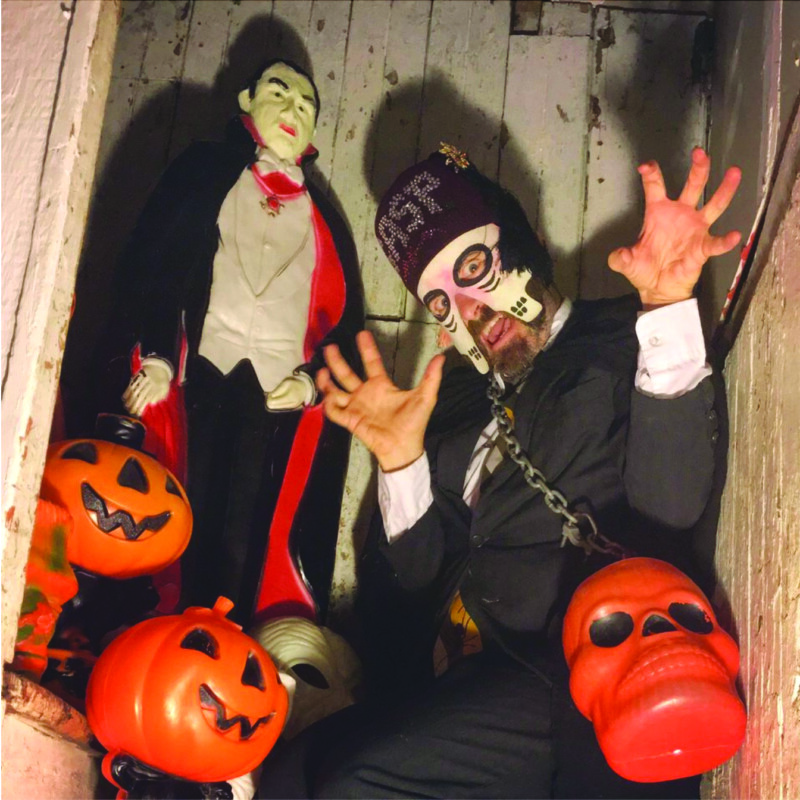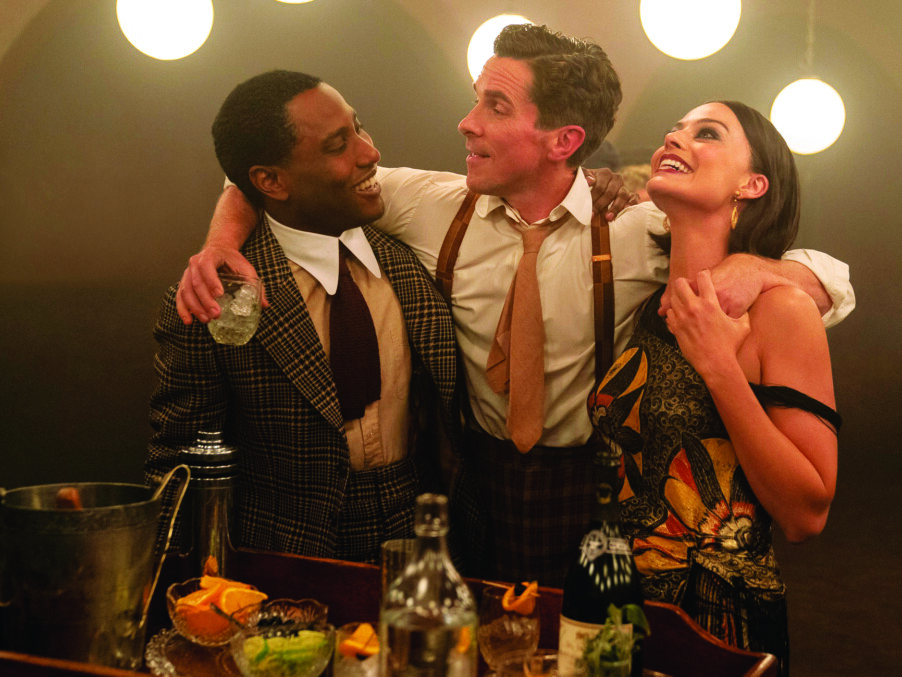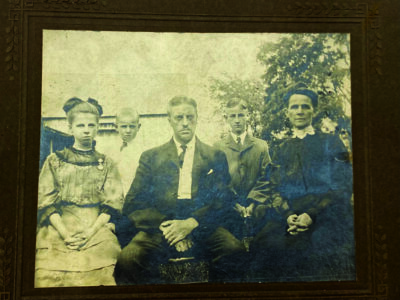Currier hosts Doctor Gasp & the Eeks
In October 2001, inspired by being a moaning cowboy ghost in a haunted house, Dan Blakeslee wrote his own Halloween song and performed it a few nights later at the Press Room in Portsmouth. The moment he finished, Blakeslee apologized and promised the crowd he’d never attempt anything like it again.
The audience, however, had other ideas.
“I wrote one song, and I didn’t like it, but everyone there said, ‘man, you gotta do more of this stuff,’” Blakeslee recalled in a recent phone interview. The next year, he began a tradition that’s lasted for two decades, appearing as his spooky alter ego Doctor Gasp, with his band The Eeks — Mike Effenberger on keys, bassist Nick Phaneuf and drummer Jim Rudolf.
Blakeslee even managed to perform 10 frosty shows outdoors during the pandemic year.
“I love doing this stuff so much, it really feeds my soul,” he said. “It’s my favorite holiday, since I was a kid.”
Eighteen dates are booked for the 20th anniversary, including the first in Manchester since an early 2010s appearance at Jewell & the Beanstalk, a now-shuttered restaurant. The free show on Oct. 13 at the Currier Museum is part of the weekly Art After Work series. It will feature selections from the two Doctor Gasp & The Eeks albums, 2003’s Vampire Fish and 2013’s Vampire Fish For Two.
Setlists always include Blakeslee’s bang-up version of Bobby Boris Pickett’s “Monster Mash” and “Witchtrot Road,” the song that started it all in 2001. Always a highlight, “Teeth of Candycorn” should be a seasonal standard. It’s a hurdy gurdy howler with a haunting and addictive chorus, based on a real person.
“I wrote that about a friend of mine who I call the King of Halloween,” Blakeslee said. “Go into his place, and it’s literally Halloween year-round in there. It’s crazy, it’s awesome. Early on, when we were first starting to get to know each other, he told me he was born with teeth of candy corn. I’m like, ‘OK, I have got to write a song about this.’”
In 2012 the band mapped out a tour itinerary in the shape of a pumpkin, an effort that found him playing in a few strange places simply to connect the dots. This time around, “it looks more like a scribble” according to Blakeslee. But he did do something special for the two-decade landmark, illustrating a novella written by friend and fellow musician Brian Serven called Lore of the Jack-O’-Lantern.
Blakeslee’s reputation as an artist almost overshadows his music. He’s drawn posters for Newport Folk Festival, the iconic Hearts For Boston riff on Zakim Bridge, created in response to the Marathon Bombing in 2013, and Alchemist Brewing’s Heady Topper label, voted the industry’s best in a craft beer poll.
His pen and ink talents were a natural for the task, but it took a while to happen.
“Brian asked me if I would illustrate the book, and at the time things were just too hectic,” he recalled. “I was going on my first cross-country tour and there was a lot of activity that year, so he kind of put the book on the back burner. In 2021, he asked again if I could do it, so I carved out a good chunk of this year to make it happen, and I’m so glad I did. The book is so beautifully written, it’s super intriguing and it’s a great read for all ages.”
A first printing sold out at a Sept. 30 book release show, but Blakeslee held out hope that there may be a few copies at his Currier appearance. Barring that, the singer always has plenty of his own works of art on the merch table — lithographs, posters and other collectibles.
The tour will again end on Halloween night at the Press Room, where Blakeslee will share the stage with Soggy Po’ Boys front man Stu Dias’s band Cirque Desolate. As winter approaches, the Doctor Gasp persona will give way to Christmas — Blakeslee released an album in 2020 to honor his second-favorite holiday.
He’d like to blend both into a single show one day, sometime during the sweet spot between pumpkin spice latte and mistletoe seasons. “I did that during the pandemic, set up my kitchen with Halloween décor and then turned the camera to my living room, which is decorated completely for Christmas. We changed costumes and everything; it was pretty wild.”
Doctor Gasp’s 20th Annual Halloween Special
When: Thursday, Oct. 13, 5:30 p.m.
Where: Currier Museum of Art, 150 Ash St., Manchester
Tickets: doctorgasp.com and currier.org
Featured photo: Doctor Gasp. Courtesy photo.







